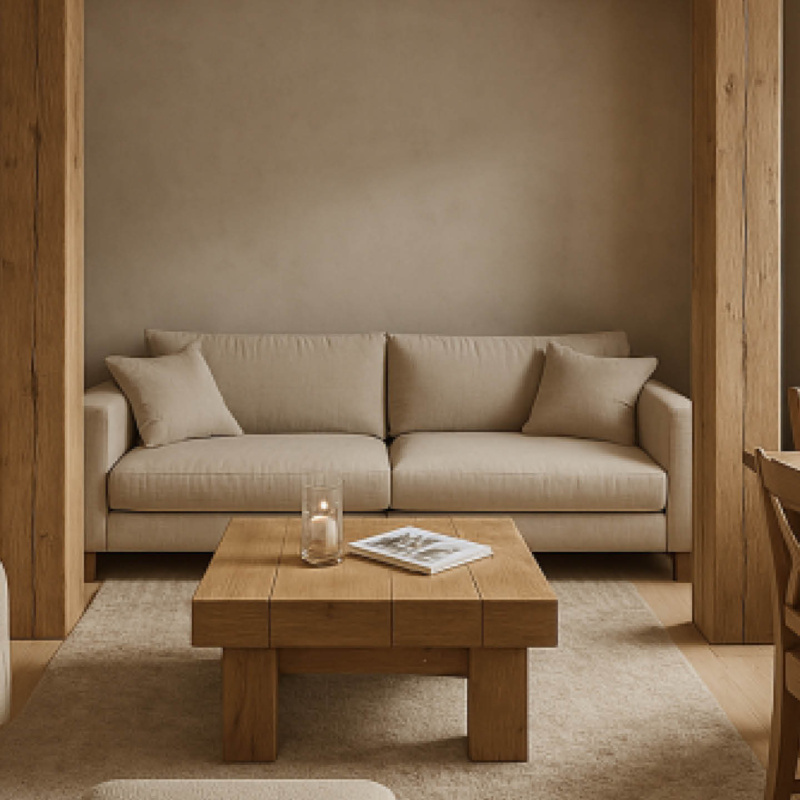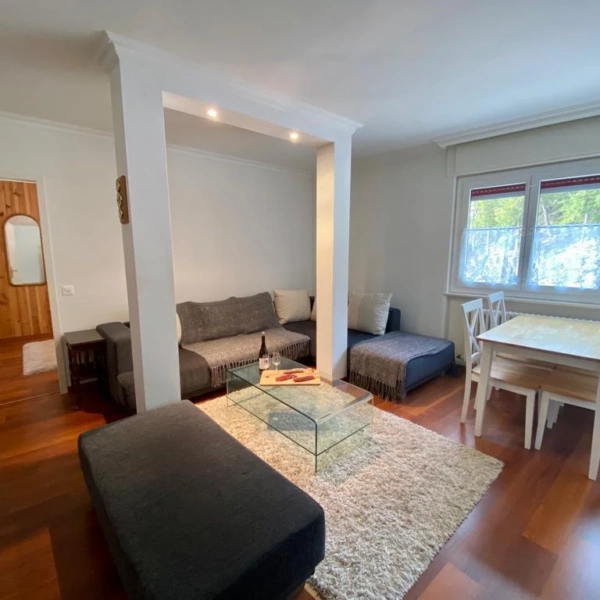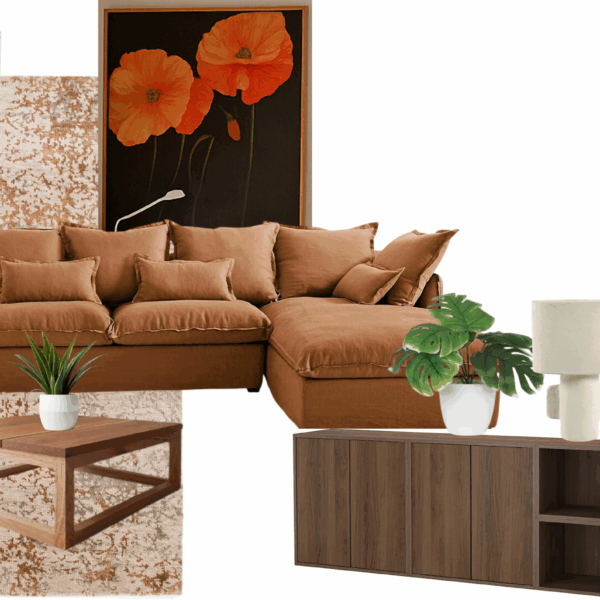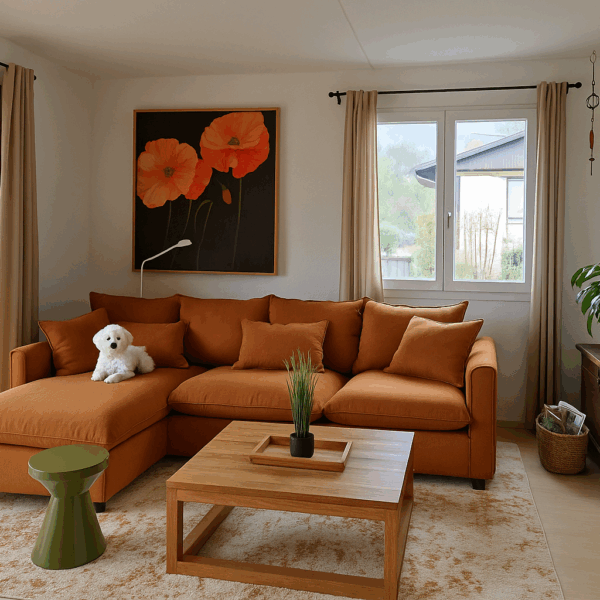
The skills, experience, and creative contributions that an architect can offer are of a completely different nature than those offered by AI, and fortunately so. Integrating artificial intelligence into an interior design project does not mean avoiding the need for reflection on space, light, and circulation; it does not mean avoiding architectural drawing; it does not mean avoiding the need for research into images and materials to compile a mood board. Using AI means offering the interior designer additional means to make their work more quickly accessible to their client.

I wondered how AI applied to interior design could allow me to deliver more value to my clients and make my work more efficient.
In a project, the classic way of working for an interior designer consists of drawing plans, sections and elevations, compiling mood boards, and then, once these elements have been validated by the client, developing a 3D visualisation of the room or apartment in question in order to validate the project.

In reality, this seemingly simple and linear process runs into some pitfalls, particularly in terms of visual communication between the interior designer and their client. Clients aren’t architects—and that’s why they hire a professional. They’re not used to this approach to projects, and they often struggle to combine a plan, elevations, and a mood board to imagine a space.
While a mood board may seem easy to access, how it will come to life in a space can sometimes seem unclear.

Also, in the process, the client will tend to trust the architect he has chosen (and that’s a good thing!) but it is also sometimes a trap, based on the assumption that both speak the same language. The project therefore follows its course and arrives at the stage of the presentation of the 3D, of the spatialization of the project which for the interior designer is supposed to be the validation of the concept, but which for the client is very often the revelation of the project. And it is at this moment that the true sharing of a vision takes place. Sometimes you are aligned, and sometimes not – and you realize that what reads clearly for you is not necessarily so for the other.
Using artificial intelligence in interior design to produce reference images from the earliest stages of the project allows the client to visualize the project more easily. Sharing concrete visual elements can greatly facilitate communication—and this has immense value.

There are many things that can be criticized about AI-generated images, including their lack of accuracy, but they allow everyone to project themselves into a space and an atmosphere, and to ensure the sharing of a common reference base.
AI does not replace the work of the architect, it enriches it by supporting it from the early design phase.
The skills, experience, and creative contributions that an architect can offer are of a completely different nature than those offered by AI, and fortunately so. Artificial intelligence in interior design does not replace thinking about space, light, and circulation; it does not replace drawing or material selection; it strengthens the architect’s ability to communicate, explain, and co-construct their project with their client.
So, let’s take AI for what it is: support for the interior designer and their client .
Ultimately, using artificial intelligence transparently with your client to quickly create a few reference images to discuss often benefits both the project and the client.

